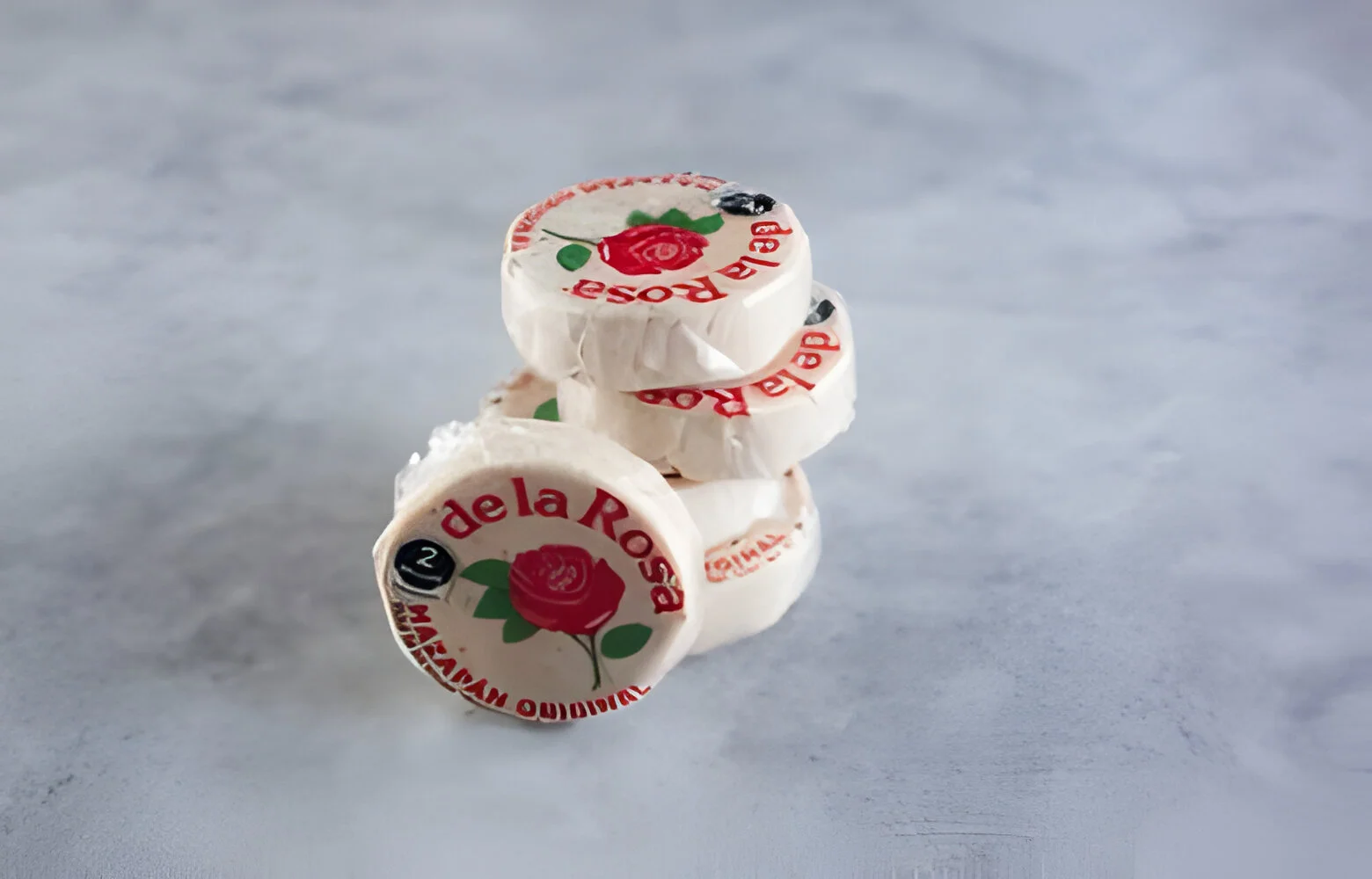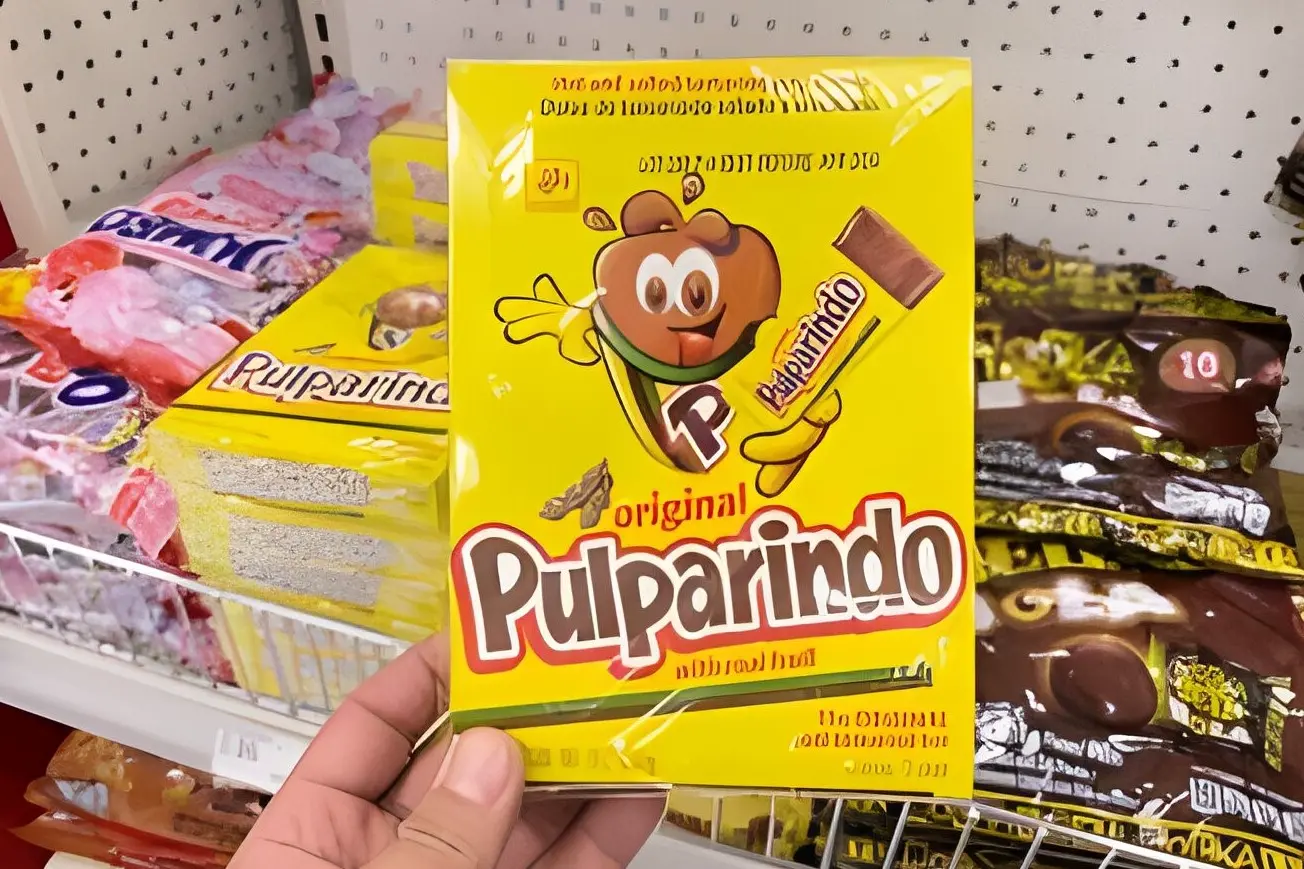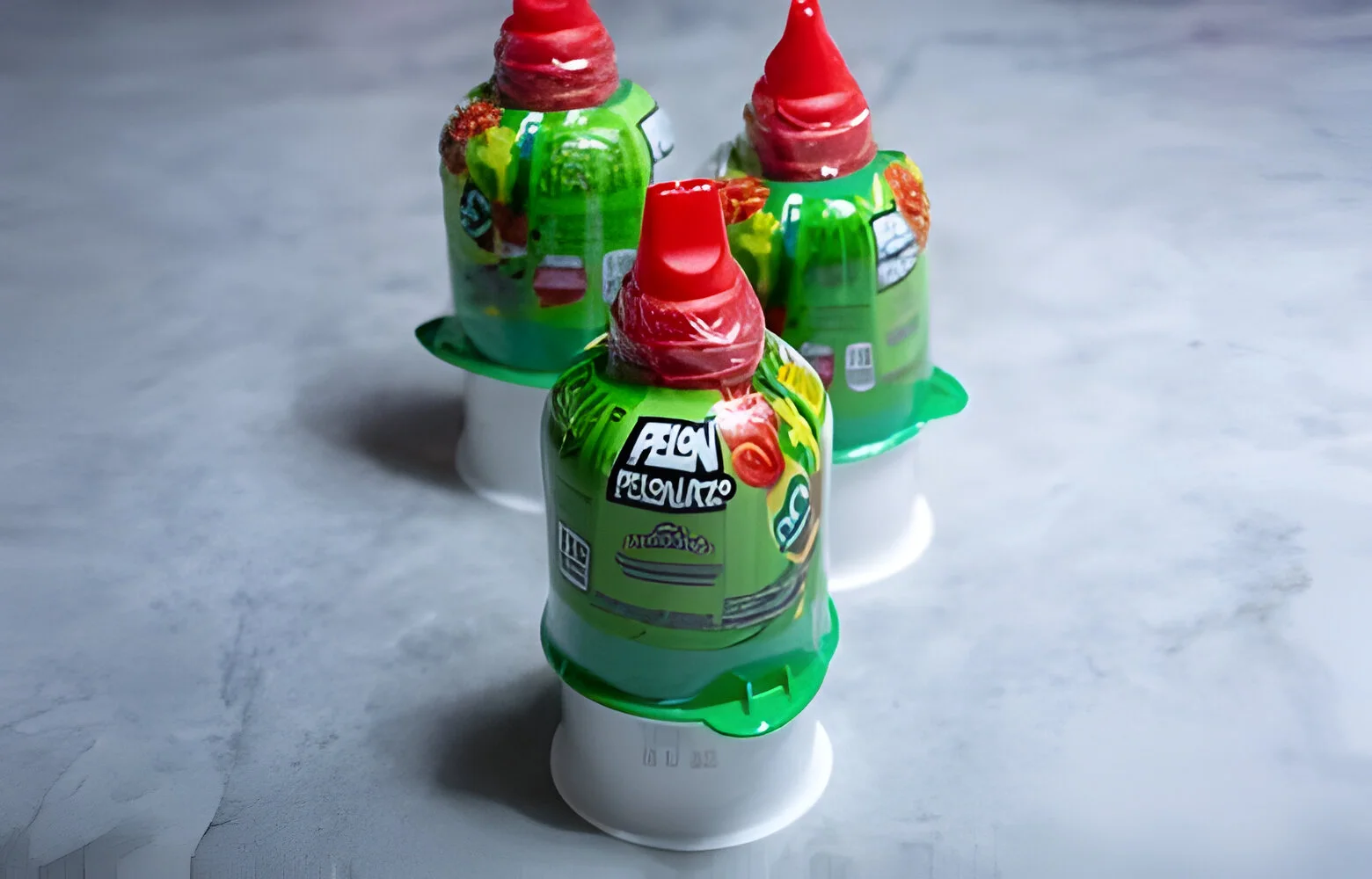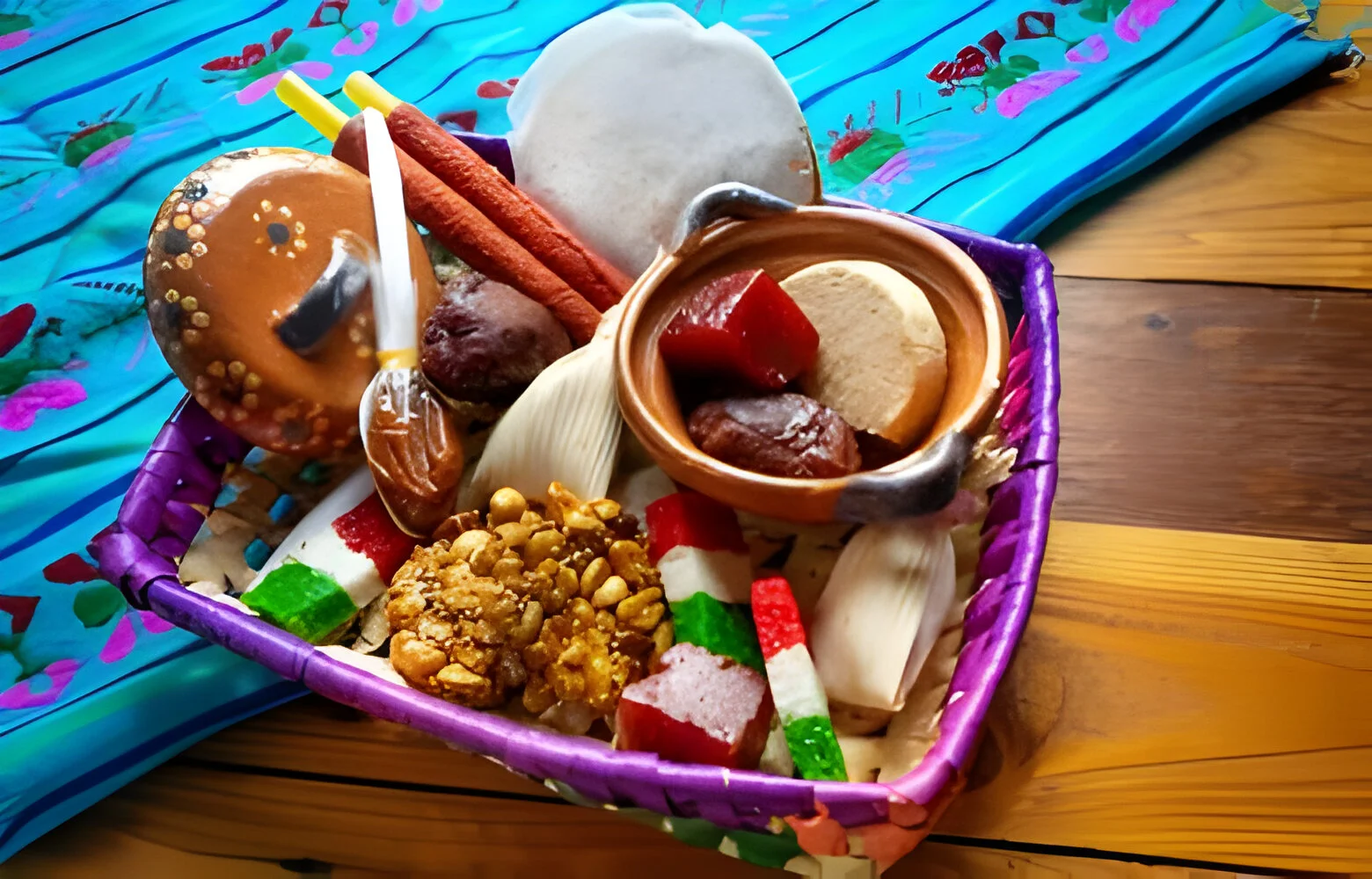Table of Contents
Dive into the flavorful and vibrant world of Mexican candy. Here, sweetness meets spice, and traditional flavors dance on the tongue.
This journey through Mexico’s candy culture is more than just tasting. It’s an exploration of history, tradition, and the colorful variety that defines this unique culinary category.
From the nutty depths of Mazapán de la Rosa to the tangy zest of Pulparindo, each candy offers a glimpse into the rich heritage and creativity of Mexico.
As we unwrap the layers of Mexican lollipops and beyond, prepare to be enchanted. The stories they tell and the flavors they unveil are truly captivating.
So, let’s kick off this sweet adventure. We’re diving into the unique world of Mexican candy, where every bite celebrates life’s diverse palette.
Introduction to Mexican Candy
The Unique World of Mexican Candy
Mexican candy shines in the global sweets market, much like a burst of fireworks lights up the night sky. Not only does the sugar captivate the palate, but also the masterful blend of salt, spice, and everything nice elevates these treats to a culinary treasure. Now, imagine strolling through a bustling market in Mexico. There, the vibrant colors of candy stalls are complemented by an explosion of flavors waiting to be discovered.
Beyond Sugar: The Taste of Tradition
At the heart of Mexican candy lies a deep-rooted tradition that spans centuries. These sweets are more than just treats; they are a celebration of Mexico’s rich cultural tapestry, infused with flavors that tell stories of ancient civilizations, Spanish influence, and innovative modern twists. From the tangy tamarind in Pulparindo to the spicy kick of chili powder in chamoy-flavored lollipops, every flavor is a nod to the diverse landscape of Mexico’s culinary heritage.
Cultural Significance and Historical Roots
The history of Mexican candy is as layered as the candies themselves. It’s a history where indigenous ingredients meet colonial influences, creating a unique fusion that’s evident in today’s candy varieties. Ingredients like tamarind, chili, and salt reflect the natural resources and culinary practices of ancient Mesoamerica, while the introduction of sugar in the colonial era added a new dimension to Mexico’s sweet-making traditions. This blend of the old and the new, the indigenous and the introduced, is what makes Mexican candy a fascinating subject not just for foodies but for anyone interested in the cultural journeys of cuisine.
In this first part of our exploration into Mexican lollipops and candies, we’ve barely scratched the surface of this deliciously complex world. As we delve deeper into the specifics in the following sections, keep in mind that each candy is a piece of Mexico’s soul, offered to the world with a twinkle of sweetness and a dash of spice. Stay tuned as we unwrap the stories and tastes that make Mexican candy a unique and irresistible adventure.
The Stars of Mexican Lollipops
Popular Mexican Lollipops and Candies
The candy landscape in Mexico is as varied as it is delicious, with certain stars shining brighter than others. These popular treats have transcended borders, winning hearts and palates worldwide. Let’s explore some of these beloved confections.
De La Rosa Mazapán: A Nutty Delight

Mazapán de la Rosa is a classic example of simplicity at its finest. Made primarily from peanuts ground into a fine powder and sweetened to perfection, this candy’s melt-in-your-mouth texture is nothing short of magical. The experience of unwrapping the delicate round disk, trying not to break it, and then letting it dissolve on your tongue is a cherished ritual for many. It’s a testament to the power of minimal ingredients creating maximum flavor.
Pulparindo: The Tangy Sensation

Pulparindo takes the tartness of tamarind and elevates it with a sprinkle of sugar, salt, and chili, creating a dance of flavors that’s hard to resist. This tamarind-flavored fruit leather is a perfect representation of the Mexican penchant for combining sweet, salty, sour, and spicy elements in a single bite. Whether you’re new to Mexican candies or a seasoned aficionado, Pulparindo is a must-try that embodies the adventurous spirit of Mexican confectionery.
Duvalín: A Frosting Like No Other
Imagine a candy that’s socially acceptable to eat straight with a spoon, and you’ve got Duvalín. This creamy treat, often likened to frosting, comes in tiny containers with layers of different flavors, such as vanilla, strawberry, and chocolate. Accompanied by a mini spoon, Duvalín offers a fun and interactive eating experience that delights both kids and adults alike. Its smooth texture and sweet taste make it a popular choice for a quick sugar fix.
Lucas Muecas (Chamoy): A Flavorful Ring
Lucas Muecas combines the savory taste of chamoy with the playful format of a lollipop ring, making it both a treat and a toy. The lollipop is dipped into a tangy chili powder, providing a burst of flavor that’s uniquely Mexican. This candy is a fantastic example of the inventive ways traditional flavors are incorporated into modern candies, offering a taste that’s at once familiar and surprising.
Pelon Pelo Rico: A Gooey Treat

Pelon Pelo Rico is an experience as much as it is a candy. Its packaging, designed to push the tamarind-flavored gel through small holes, creates a hair-like effect that’s both amusing and appetizing. The gritty texture and sweet-sour taste of tamarind are characteristics that define many Mexican candies, and Pelon Pelo Rico is no exception. It’s a playful, tasty treat that encapsulates the joy found in Mexican confectionery.
Exploring the Variety
The Best of the Rest: Diverse Flavors and Textures
While the stars of Mexican lollipops and candies shine bright, the supporting cast is equally impressive, offering a wide range of flavors and textures that cater to every taste.
Ricolino Bocadín: A Crunchy Surprise
Ricolino Bocadín wraps a chocolate-covered wafer around peanut butter, creating a crisp yet creamy delight. Indeed, this candy exemplifies Mexican confectioners’ skill in reinventing chocolate and peanut butter into something uniquely their own. Thus, the balance of flavors is spot-on, making it a standout treat.
Lucas Skwinkles: A Unique Combination
Lucas Skwinkles blends the tartness of tamarind with chewy gummy candy, resulting in a sweet-sour sensation. Additionally, a dash of chili powder introduces a spicy kick. Therefore, Skwinkles epitomizes Mexico’s penchant for complex flavors. This candy indeed surprises the palate, offering an unexpectedly harmonious mix.
Moreliates Cuadritos: Fruit or Candy?
Moreliates Cuadritos blurs the line between fruit and candy, offering sugared cubes of tejocote (Mexican hawthorn) that taste subtly of apples. This candy sparks a debate: can something so close to its fruity origins be considered candy? Regardless of where you stand on the issue, Cuadritos showcases the natural flavors of Mexico, sweetened and presented in a form that’s easy to enjoy and share.
Montes Tomy and Other Delights
Montes Tomy delivers a creamy, milky taste in a compact, hard candy. Indeed, it showcases the vast array of textures and flavors in Mexican sweets. Notably, the assortment includes milk-based candies, nutty treats, fruity delights, and spicy concoctions. Consequently, every bite narrates a tale of tradition and innovation, highlighting the shared joy of candy.
In essence, the realm of Mexican candy is both broad and diverse. Each treat provides a distinct glimpse into the culture’s culinary artistry. Moreover, from the renowned to the lesser-known, each candy finds its niche in the flavor spectrum that defines Mexican confectionery. As we delve deeper into this tantalizing world, it’s crucial to remember that every piece is more than a mere snack. It’s a tribute to Mexico’s rich cultural legacy.
The Controversial and the Unique
The Unusual and the Debate
The world of Mexican candy is not without its controversies and unique creations that spark debate among enthusiasts and casual consumers alike. Let’s delve into some of the more intriguing aspects.
Borrachines: Sweet with a Twist
Borrachines, translating to “little drunks,” offer a sweet experience with a twist. These candies are known for their soft texture and flavors that mimic the taste of various spirits without the actual alcohol content. The concept might raise eyebrows, but the execution is purely sweet, blending traditional dulce de leche with flavors that hint at Mexico’s festive spirit. It’s a playful nod to adult beverages, packaged for the candy aisle.
Obleas con Cajeta: A Delicate Balance
Obleas con Cajeta represent a delicate balance between simplicity and indulgence. These thin wafers filled with goat milk caramel (cajeta) offer a textural contrast and a sweetness that’s rich yet not overpowering. The simplicity of the ingredients belies the complexity of flavors, making it a beloved treat for its understated elegance. It’s a testament to the art of candy making, where less can indeed be more.
The Debate: When Does Fruit Become Candy?
The line between fruit and candy is often blurred in Mexican confectionery. With treats like Moreliates Cuadritos, made from sugared pieces of tejocote, the question arises: when does fruit become candy? This debate touches on broader themes of natural vs. added sugars, traditional vs. modern treats, and the essence of what constitutes candy. It’s a fascinating discussion that reflects the diversity and creativity inherent in Mexican candy making.
FAQs on Mexican Lollipops
What Makes Mexican Lollipops Unique?
Mexican lollipops stand out for their bold integration of flavors—sour, sweet, spicy, and salty—all in one. Incorporating tamarind, chili powder, and salt alongside traditional sweeteners creates a sensory experience that’s uniquely Mexican. This daring approach to candy making is what sets Mexican lollipops apart on the global stage.
Are There Any Health Concerns with Mexican Candy?
Like all candies, moderation is key. Some Mexican candies have been highlighted for lead content, a concern taken seriously by manufacturers and regulatory bodies. Always opt for reputable brands and check for certifications to ensure you’re enjoying safe and high-quality treats.
How Can I Find Authentic Mexican Candy?
Authentic Mexican candy can be found in specialty stores, online marketplaces, and, increasingly, in the international aisles of conventional supermarkets. Look for brands with a long history and strong reputation for quality. For those wanting to delve deeper, exploring local Mexican markets or online guides can offer a more authentic selection.
I have dietary restrictions (e.g., vegan, gluten-free). Can I still enjoy Mexican candy?
Yes, there are options available! While traditional Mexican candies often include a wide range of ingredients, there are increasingly more products on the market catering to specific dietary needs, including vegan and gluten-free diets. Look for candies that specify their compliance with these dietary restrictions on the packaging. Ingredients like tamarind, chili, and salt are naturally gluten-free and vegan, making them great bases for inclusive confections. Always check the label or contact the manufacturer if you’re unsure about specific products.
I love the flavors of Mexican candy. How can I incorporate these unique tastes into other dishes or celebrations?
Mexican candies offer vibrant flavors that can add a unique twist to various dishes and celebrations. For example, you can crush Pulparindo and use it as a rimming salt for tropical cocktails or mocktails. Duvalín can be used as a festive cake frosting or cupcake filling. For celebrations, consider creating a Mexican candy-themed dessert table or party favors at your next event to introduce guests to these delightful treats. The bold flavors of Mexican candies make them versatile ingredients and fun additions to both sweet and savory recipes.
Conclusion and Reflection
Embracing the Diversity of Mexican Candy
The journey through the world of Mexican candy is a testament to Mexico’s rich cultural heritage and culinary creativity. From the humble Mazapán de la Rosa to the playful Pelon Pelo Rico, each candy offers a unique taste experience deeply rooted in tradition yet vibrant and evolving.
A Global Appreciation
As these candies cross borders and find new audiences, they carry with them the stories, traditions, and flavors of Mexico. Consequently, the global appreciation for Mexican candy is growing, reflecting a broader interest in cultural exchange and the universal language of taste.
The Future of Mexican Candy
The future of Mexican candy looks bright, with traditional flavors finding new expressions and a growing audience eager for unique culinary experiences. Additionally, as we continue to explore and enjoy these delicious treats, we’re reminded of the power of food to connect us to different cultures and to each other.
For those intrigued by the diversity and flavors of Mexican candy, further exploration is encouraged. Discover more about the world of Mexican candy and embark on your own sweet adventure.

